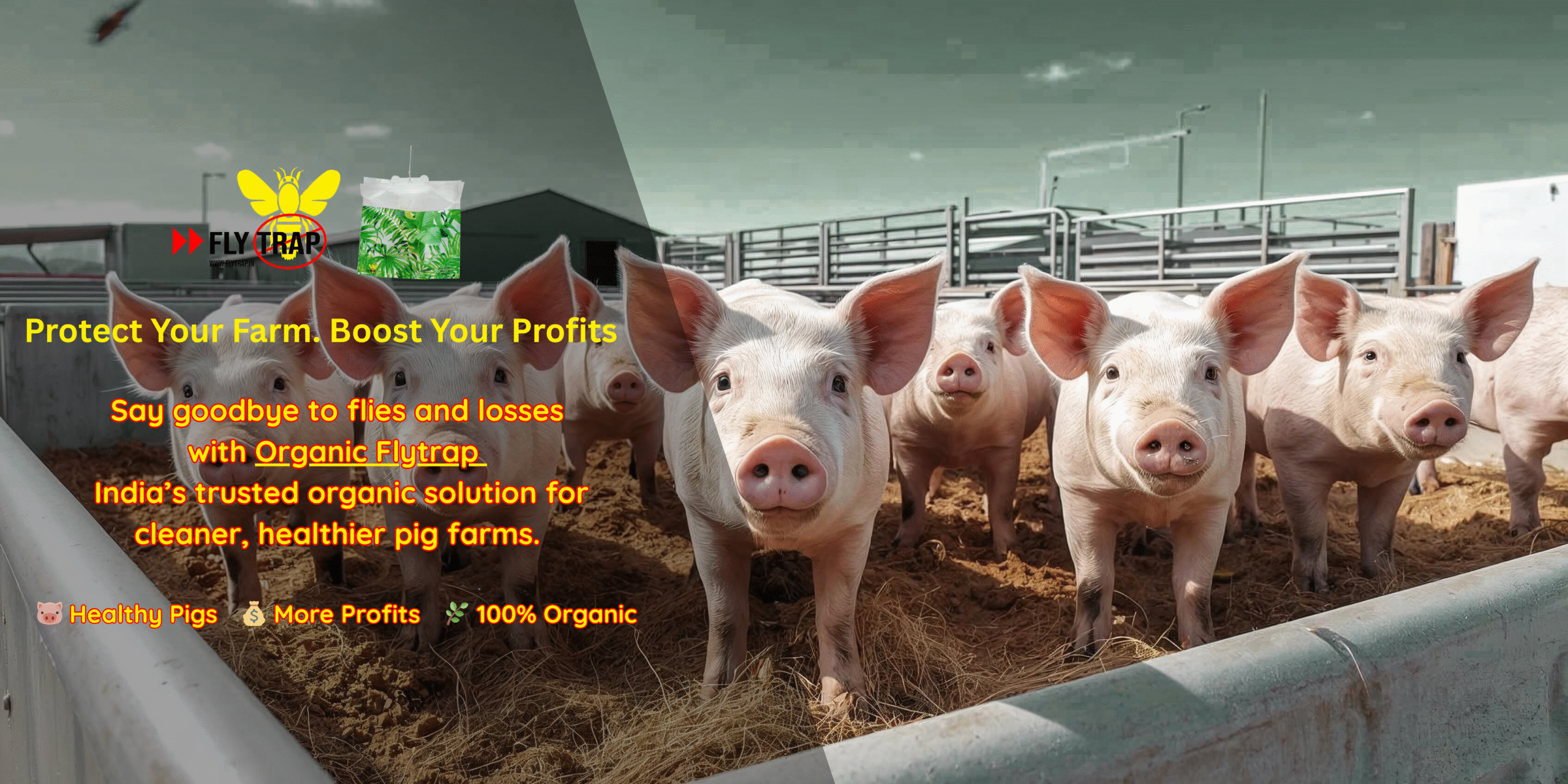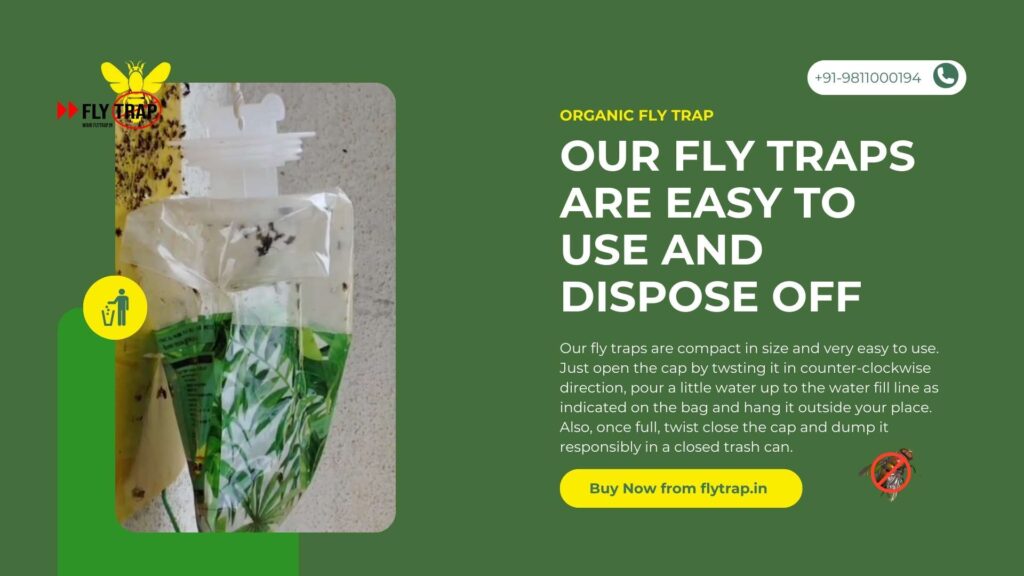
India’s piggery sector has experienced modest but steady development over the past decade, establishing itself as an important component of the country’s livestock economy. With a pig population of approximately 9.06 million according to the 20th Livestock Census (2019), production remains geographically concentrated in northeastern states-particularly Assam, Nagaland, Manipur, Meghalaya, and Mizoram-where pork consumption is culturally significant. States like West Bengal, Jharkhand, and Bihar also contribute to overall production.
Despite gradual increases in urban pork consumption driven by changing dietary preferences, the sector’s growth has been constrained by infrastructure deficits, limited market access, and various management challenges that prevent it from realizing its full economic potential.
India’s Global Standing in Pig Production
India holds the eighth position globally in terms of pig population, reflecting both the sector’s scale and its significant scope for development. As per the data mentioned in the Annual Report 2023–24 by the Department of Animal Husbandry and Dairying, this ranking indicates considerable domestic capacity that, if properly harnessed through improved practices and infrastructure, could substantially contribute to rural employment and protein security.
Structural Challenges Limiting Sector Growth
The piggery sector faces considerable underdevelopment across critical areas of its value chain. Infrastructure at the farm level remains basic, with most operations lacking modern housing systems, efficient feeding mechanisms, and proper waste management facilities. Breed improvement initiatives are inadequate, resulting in lower productivity and longer production cycles compared to international benchmarks. Market linkages are predominantly informal and fragmented, leaving farmers vulnerable to price fluctuations and dependent on middlemen rather than organized supply chains.
Processing infrastructure is severely limited, with most pork sold fresh in local markets without grading, value addition, or proper packaging. The absence of cold chain facilities in major production regions leads to quality deterioration and post-harvest losses. Technical knowledge gaps among farmers regarding nutrition, disease management, and biosecurity practices further hamper productivity improvements. As per the data mentioned in the Press Information Bureau report on the piggery sector, these challenges collectively restrict the sector’s potential for sustainable growth.
The Devastating Impact of Flies on Piggery Operations
Among the various obstacles facing pig farmers, flies in piggeries represents the single most damaging operational challenge-one that directly attacks farm profitability at multiple levels. Piggeries inherently attract massive fly populations due to the continuous presence of manure, feed residues, moisture, and organic waste. These conditions create perfect breeding grounds for houseflies, blowflies, and other disease-carrying pests that multiply rapidly if left unchecked.
The economic damage caused by flies is severe and measurable. Flies act as mechanical vectors for dangerous pathogens, transmitting bacteria like E. coli and Salmonella, viruses, and parasites directly among pigs. This disease transmission increases veterinary costs, reduces growth rates, and can lead to mortality losses that devastate farm economics.
However, the most immediate financial blow comes during slaughter and meat inspection. When flies access carcasses during processing, they deposit pathogens, eggs, and visible contamination on meat surfaces. Trained meat inspectors are mandated to reject any carcass showing signs of fly contamination-including surface soiling, maggot infestation, or fly strike evidence. These rejections translate into direct, unrecoverable losses as contaminated meat cannot enter commercial markets. For farmers operating on thin margins, even a few rejections per month can mean the difference between profit and loss.
The damage extends beyond immediate rejections. Fly-contaminated pork suffers from reduced shelf life, poor appearance, elevated microbial counts, and inferior quality that makes it unsuitable for premium buyers. Hotels, restaurants, supermarkets, and institutional purchasers who maintain strict quality standards simply refuse to buy meat from fly-infested sources. This forces farmers into informal, low-price markets where they receive significantly reduced rates-sometimes 30-40% below premium market prices.
Operational costs spiral upward as well. Farmers must employ additional labor for constant sanitation, more frequent waste removal, and emergency pest control during peak infestation periods. Workers face unpleasant, unhygienic conditions that affect morale and retention. Farm reputation suffers as word spreads about quality issues, further limiting market access and buyer confidence. The cumulative effect-lower prices, higher rejections, increased costs, and restricted markets-systematically erodes profitability and traps farmers in a cycle of underperformance.
Our Solution: Purpose-Built Organic Flytraps for Piggeries

Recognizing the critical need for effective, affordable fly control in India’s piggery sector, we have developed specialized organic flytraps specifically engineered for farm-level deployment. Our solution addresses the fly problem at its source, providing farmers with a practical tool that delivers measurable results without the risks, costs, and environmental concerns associated with chemical pesticides.
Our Technology: Our organic flytraps utilize scientifically formulated natural attractants that exploit fly behavior and sensory preferences. The traps feature optimized entry mechanisms that maximize capture rates while preventing escape. Constructed from durable, weather-resistant materials suitable for the harsh piggery environment, our traps maintain effectiveness across varying temperature and humidity conditions typical of Indian farms.
How It Works: Strategic placement of our flytraps around pig housing, feeding zones, manure collection areas, and processing spaces creates an integrated pest management system. The organic baits-developed through extensive field testing-emit powerful attractants that draw flies away from animals and meat. Once captured, flies cannot escape, breaking the breeding cycle and rapidly reducing overall population levels.

Measurable Benefits: Farmers implementing our flytrap systems report dramatic reductions in meat inspection rejections-typically 70-85% fewer rejections within the first month of deployment. Improved carcass quality opens access to premium markets, increasing revenue per animal by 25-35% on average. Disease incidence drops as pathogen transmission decreases, reducing veterinary expenditures and improving growth rates. Labor requirements for sanitation decrease substantially, freeing workers for productive activities. Most importantly, farm reputation improves, attracting quality-conscious buyers and securing long-term market relationships.
Cost-Effectiveness and Implementation: Our solution delivers exceptional return on investment. The initial investment in our flytrap system typically pays for itself within 2-3 months through reduced losses and improved prices alone. Ongoing maintenance costs are minimal, requiring only periodic bait replenishment with our specially formulated organic attractants. We provide complete implementation support, including site assessment, optimal trap placement guidance, and training for farm staff to ensure maximum effectiveness.
Take Control of Your Farm’s Profitability
Fly infestation doesn’t have to drain your piggery’s profits. Our proven organic flytrap solution provides immediate, measurable relief from this costly problem. We encourage pig farmers to adopt our system and experience the difference that effective fly control makes to meat quality, inspection success rates, and bottom-line profitability. Government support through the National Livestock Mission and related schemes can help finance improved farm management systems-contact us today to learn how our flytrap solution can transform your operation and secure access to premium pork markets.
